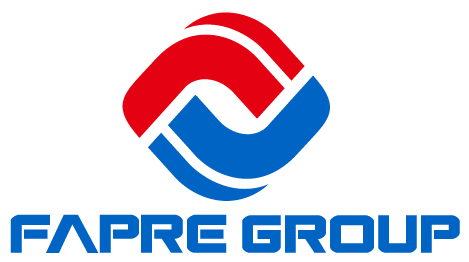NEWS CENTER
Rubber conveyor belts play a crucial role in modern industrial processes, facilitating the efficient transport of materials across various sectors. Understanding the intricate journey from raw materials to their application is essential for appreciating the complexity and reliability of these essential components.
Raw Materials: The Foundation
At the heart of every rubber conveyor belt lies a carefully selected blend of raw materials. Natural rubber sourced from latex sap and synthetic rubbers derived from petroleum by-products form the primary constituents. These materials are chosen for their elasticity, durability, and resistance to abrasion and environmental factors. Additionally, reinforcing materials such as fabric, steel cords, and synthetic fibers are integrated to enhance strength and flexibility.
Manufacturing Process: Precision and Expertise
The manufacturing process of rubber conveyor belts begins with the mixing of raw materials in precise proportions. This step ensures uniformity and consistency in the final product's physical properties. The blended rubber compound undergoes extrusion to form continuous sheets, which are then layered with reinforcement materials according to the belt's specifications.
Next, the assembly involves calendaring—where the layered structure is passed through rollers to achieve the desired thickness and smoothness. Vulcanization follows, a critical stage where heat and pressure are applied to cure the rubber, creating chemical bonds that impart strength and resilience to the belt. This process also determines the belt's operational temperature range and resistance to chemicals and oils.
Quality Control and Testing: Ensuring Reliability
Throughout production, stringent quality control measures are implemented to verify adherence to industry standards and customer requirements. Physical tests such as tensile strength, elongation, and abrasion resistance are conducted to assess the belt's performance under operational conditions. Advanced testing methods, including X-ray inspection for internal integrity and dynamic fatigue testing, further ensure reliability and longevity.
Application Across Industries: Versatility and Innovation
Rubber conveyor belts find diverse applications across industries ranging from mining and agriculture to logistics and manufacturing. Their ability to withstand heavy loads, traverse varying terrains, and operate under harsh environmental conditions makes them indispensable in enhancing operational efficiency and safety.
Conclusion: A Technological Marvel
In conclusion, the journey of a rubber conveyor belt—from raw materials to application—is a testament to precision engineering and technological innovation. Each stage in its manufacturing process contributes to its reliability, durability, and performance across diverse industrial settings. As industries evolve, so too does the design and production of conveyor belts, ensuring they remain integral to global supply chains and industrial operations.
Understanding this journey underscores the importance of these seemingly simple yet remarkably sophisticated components in driving efficiency and productivity across modern industries.
